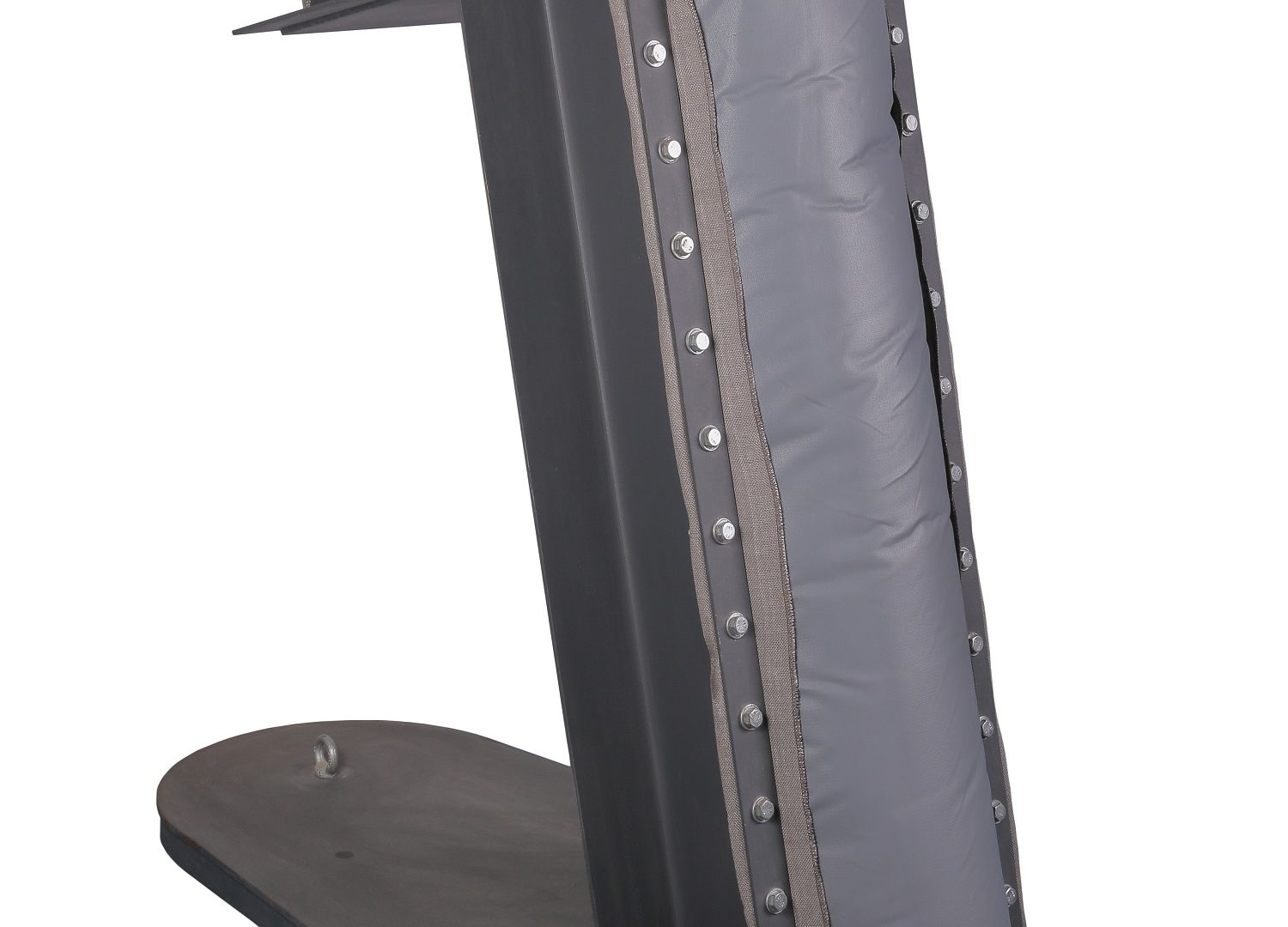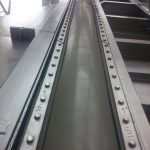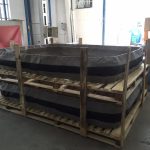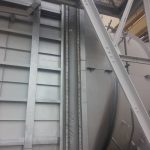Fabric Expansion Joints: A Flexible Solution for Absorbing Thermal Expansion and Contraction
Fabric expansion joints are flexible connections used to absorb thermal expansion and contraction in duct systems carrying gaseous fluids such as hot air, combustion gases, and exhaust outputs, or for connecting two flanges.
Benefits of Fabric Expansion Joints:
- Flexibility: Due to their fabric structure, these joints offer high flexibility and can prevent axial, angular, and lateral movements of ducts.
- High Thermal Resistance: Fabric expansion joints can withstand temperatures up to 1000°C.
- Corrosion Resistance: These joints are resistant to chemicals and corrosive materials.
- Noise Reduction: Fabric expansion joints can significantly absorb sound, reducing noise pollution in the work environment.
- Easy Installation: They are easy to install and do not require special tools.
- Cost-effective: Fabric expansion joints offer numerous advantages at an affordable price.
Applications of Fabric Expansion Joints:
- Oil and Gas Industries: Used in refineries, petrochemical plants, and oil and gas pipelines to manage thermal expansion and contraction of ducts.
- Power Plants: Utilized in power plants to absorb thermal expansion and contraction of steam and water ducts.
- Chemical Industries: Applied in chemical industries for ducts carrying corrosive chemical materials.
- Food and Pharmaceutical Industries: Employed in food and pharmaceutical industries to manage thermal expansion and contraction in production lines.
Design Parameters for Fabric Expansion Joints:
- Type of Fluid: The chemical composition and corrosiveness of the fluid are key factors in the design of fabric expansion joints.
- Fluid Temperature: The temperature, along with thermal shock, is an important design consideration.
- Fluid Pressure: Fabric expansion joints are typically designed for relatively low pressures.
- Requested Movements: The required movements from the joint must be considered during design.
- Type and Amount of Abrasive Particles: The type and quantity of abrasive particles in the fluid should be taken into account.
- Environmental and Weather Conditions: The environmental and weather conditions where the joint will be installed must be factored into the design.
Structure of Fabric Expansion Joints:
Fabric expansion joints are composed of several layers of fabric and insulating materials.
- Outer Fabric: The outer layer is coated with materials like silicone or Teflon to withstand environmental factors such as rain, sunlight, water, oil, and pollutants.
- Insulating Material: Chosen based on the working temperature of the fluid in the ducts.
- Inner Layers: Made of fiberglass to control frame vibrations and withstand the heat generated by the fluid.
Types of Fabric Expansion Joints:
Fabric expansion joints are available in various types, including:
- Rectangular Frame Fabric Expansion Joints: Suitable for rectangular ducts.
- Circular Frame Fabric Expansion Joints: Suitable for circular ducts.
- Belted Flange Fabric Expansion Joints: Used to connect two flanges.
- U-shaped Fabric Expansion Joints: Used for duct directional changes.
Klevers Ariana, with extensive experience in the production and supply of fabric expansion joints, provides ideal solutions tailored to your needs.
For more information and free consultation, contact Klevers Ariana’s experts.






